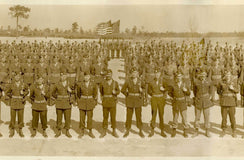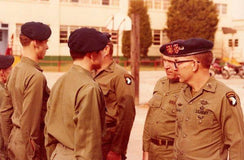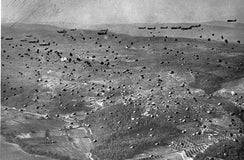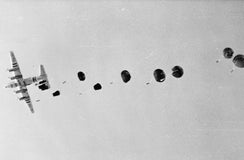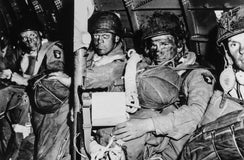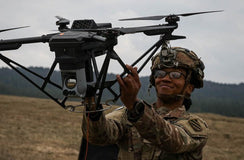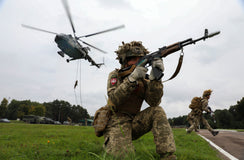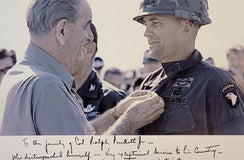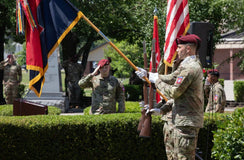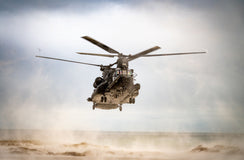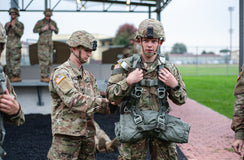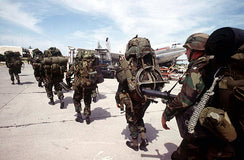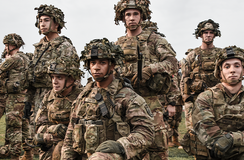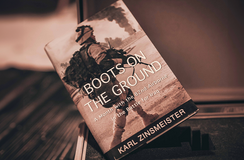Operation Husky: The 505th Brave The Storm Into Sicily
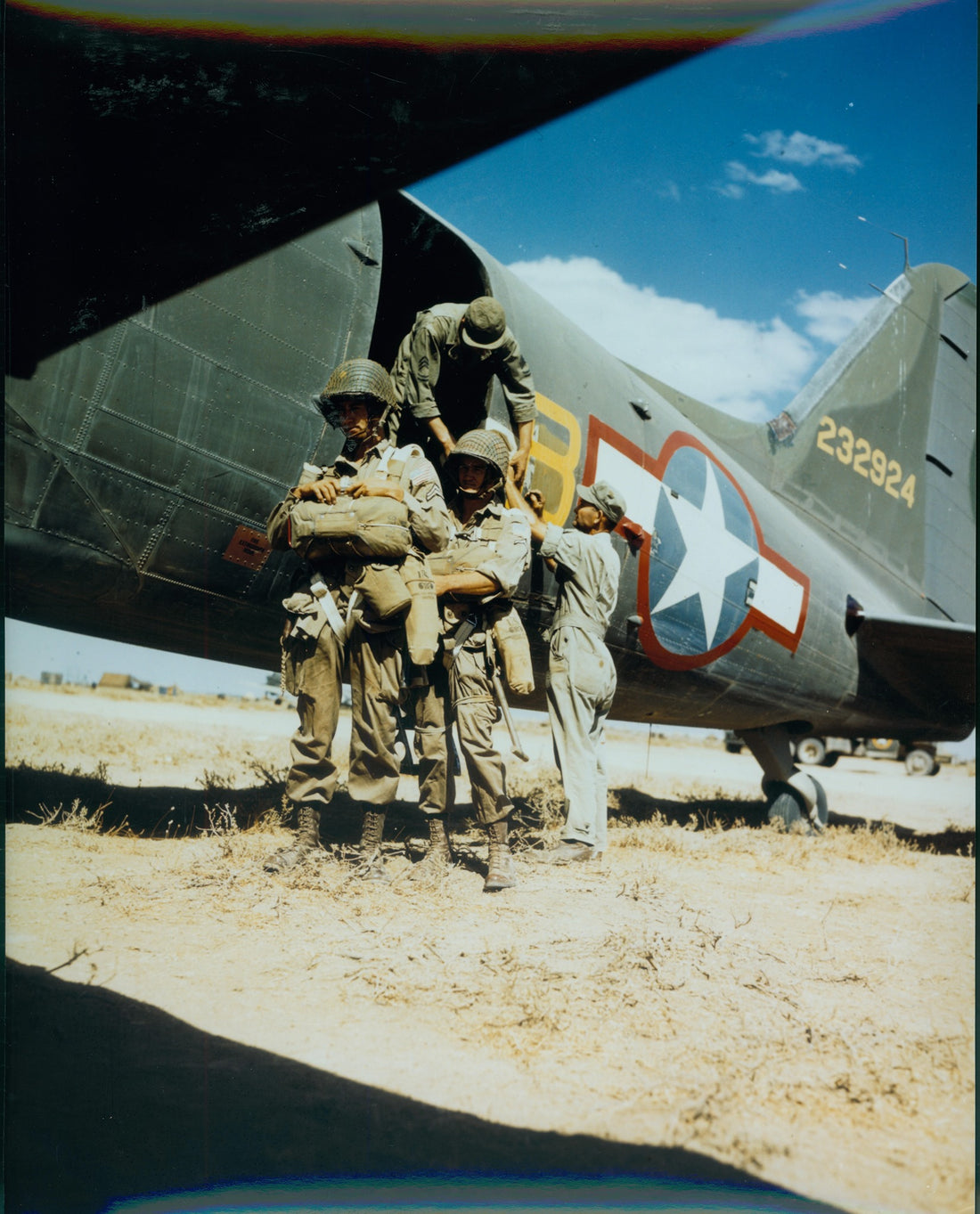
From one battle to the next, the leading Allied powers—the US and Great Britain—went from winning in the North African Campaign to looking to occupied Europe, strategizing on how to finally take down Nazi Germany.
With a joint invasion, the Allies hoped that targeting Italy and causing a diversion to the northwest coast of France could be enough to bring down the Nazis.
Starting with the invasion of Sicily, Operation Husky was thought out—and set to be carried out on dawn on July 10th, 1943. Broken down into two parts, the first segment involved a 61st Troop Carrier Squadron, who was flying directly from Kairouan, North Africa.
Labeled as the first large-scale airborne assault in history at the time, Major General Ridgway prepared his troops of the 505th Parachute Infantry Regiment, 82nd Airborne Division to make its first ever combat jump—one that could change the course of this war.
With a drop zone near Gela, the 4,000 aircraft flew successfully—because of two different positive aspects helping keep them under the radar, literally. Not only were the flights covered by Operation Mincemeat—an espionage operation in order to throw off the Germans to shift to the islands of Sardinia and Corsica, but they were also covered by a massive storm—with heavy winds and rain that no commander would think to attempt.
So, with the element of surprise, the distraction, and non-optimal weather, Operation Husky launched before the day began—and didn‘t stop for the next three days with an ongoing succession of attacks holding 3,000 ships, 150,000 ground troops, and 4,000 aircraft.
Fortunately, the diversion had worked—and the Germans went off to focus on Sardinia and Corsica. And as they focused on the other possible locations, the Germans had left only two of their own divisions behind to meet the oncoming troops. And Operation Mincemeat continued to lead the Germans astray, as they thought that actually, the attack in Sicily was a diversion.
However, although no one would argue that the attack during the storm was a bold move, there was no escaping the strong winds.
As the paratroopers dropped, the winds played a savage role—with only half of the airborne force reaching their targeted destinations. Strong wind of up to 72 km/h blew the aircraft carried the troops off-course, leading to the American forces being scattered widely over the southeast part of Sicily between Syracuse and Gela.
By the 14th of July, half of the US paratroopers did not arrive at their rallying points, and only around two-thirds of the 505th was able to concentrate—however, it wasn’t all for nothing. Since the troops became scattered, this caused confusion for attacking patrols wherever possible. No matter how off the landings were, the paratroopers still disturbed the German and Italian attempts at fighting back—distracting the troops to other areas and drawing them away from their attempted targets.
After being outnumbered, there was a German withdrawal from Sicily in 38 days, ending on August 17th. Although the effort cost over 20,000 casualties among the Allies, it was a devastating blow and was a big step in order to defeat the reign of Nazi Germany.


